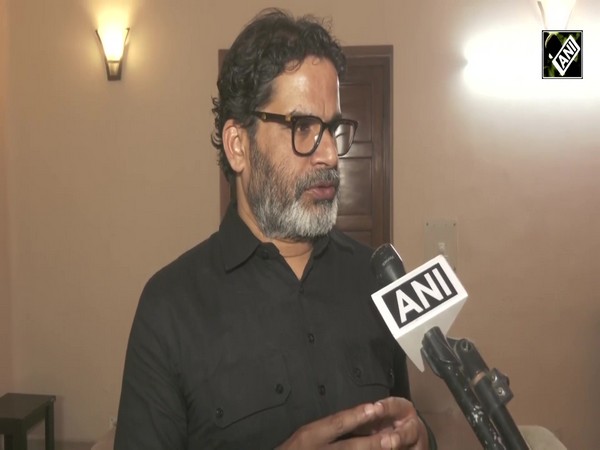Odisha's Dhauligiri hosts vibrant National Sports Week celebration
Aug 28, 2024

Bengaluru (Karnataka) [India], August 29 : As part of the ongoing celebrations of the National Sports Week from August 26 to 31, the Odisha Sports and Youth Services Department organized a performance featuring Kickboxing and Pencak silat in the backdrop of the iconic Dhauligiri Peace Pagoda at the site of the historic Kalinga War.
Member of Legislative Assembly Babu Singh graced the celebration as its Chief Guest. The officials of the Amateur Kick Boxing Association of Odisha and the Penchak Silat Association of Odisha were also present.
Similarly, the department also celebrated with an athletic event at the Kalinga Stadium. Athletes of the state-run sports hostels took a Fit India Pledge and later participated in several track and field events including sprint, long jump and javelin throw as a part of the celebrations.
"Celebrating National Sports Week at Kalinga Stadium with an athletic event. Athletes from state-run sports hostels took the Fit India Pledge & competed in sprints, long jump, high jump & javelin throw," the official handle of the Department of Sports and Youth Services wrote on X.
https://x.com/sports_odisha/status/1828835182520275044
The Kick Boxing originated in Europe whereas Penchak Silat is the traditional martial art of Indonesia and Malaysia.
Both forms of art signify self-defence, mutual cooperation, discipline, physical fitness and spirituality as the objectives.
The contrasting martial arts performances showcased the incredible skills, discipline, and agility of the athletes, leaving the audience in awe.
The Kickboxing segment featured a series of dynamic and powerful routines, highlighting the strength and technique of the participants.
Following this, the Pencak Silat performers displayed a blend of fluid movements and precision, emphasizing the cultural richness and traditional aspects of this ancient martial art.
The performances were met with enthusiastic applause and appreciation from the gathered crowd, the majority of whom were tourists visiting the historic site tourist attraction.



















